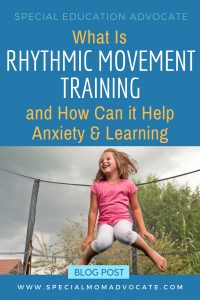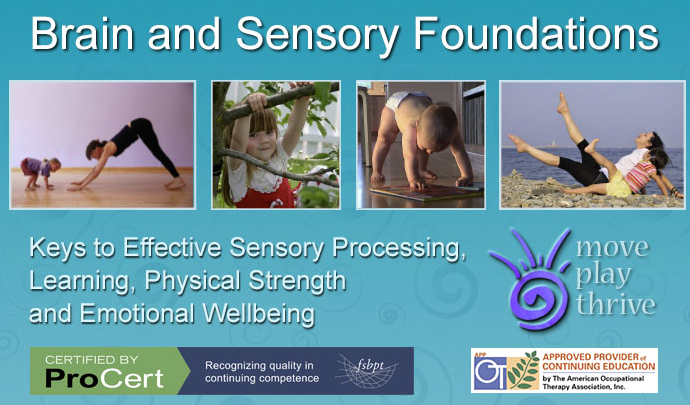 Rhythmic Movement Training (or RMT) is a neurological development program that can help integrate primitive reflexes. It provides easy, gentle movements that can actually help with sensory, anxiety, emotional and behavioral issues. It is easy to learn so parents can do it with their children at home.
Rhythmic Movement Training (or RMT) is a neurological development program that can help integrate primitive reflexes. It provides easy, gentle movements that can actually help with sensory, anxiety, emotional and behavioral issues. It is easy to learn so parents can do it with their children at home.
What are unintegrated primitive reflexes?
When a baby is born the wiring in their brain is not fully formed. Their movements throughout infancy help their brain develop neurological connections that will go on to provide the ability to process information and movement. For example, a baby who crawls is forming the synapses of the corpus collasum, the communication bridge between the two hemispheres of the brain. A baby who does not crawl has a 79% chance of having a learning disability.
The amazing thing is so many people don’t even know about primitive reflexes. They don’t realize some everyday issues are caused by them. For example, when I took my first class on neurodevelopmental movement, I learned that I had an unintegrated Tonic Labyrinthine Reflex (TLR). It was stunning to find out. Suddenly it became clear why I had been so clumsy. I had broken all my limbs at that point, and the TLR reflex causes balance issues if unintegrated.
You can fix unintegrated reflexes with the right exercises.
The great news is there is a way to fix this issue. It involves checking for unintegrated primitive reflexes. These reflexes are present throughout infancy and toddler years. They slowly disappear (become integrated) as the baby moves and the brain develops. Sometimes they do not disappear, and then they are unintegrated. Based on which reflex is stuck in this mode, the child will grow up to have neurological issues.
Watch this before and after video to show dramatic improvement in a child with tactile sensitivity:
How does Rhythmic Movement Training help primitive reflexes?
The amazing thing is, we can use movement to recreate the moves of babyhood. Even in our adult years we can develop the missing neurology. That is where Rhythmic Movement Training comes in. First you check for unintegrated reflexes, and then you do simple, easy movements to stimulate neurological development. RMT also provides stimulation of the vestibular system which is calming for the body and mind as well as helpful for sensory processing disorder.
I have done this work with both my children and seen amazing results; from improvement in attention, anxiety, hyperactivity and sensory issues. If your child has done vision therapy I would bet the exercises included ways to integrate reflexes since this is a common issue that causes visual processing difficulties.
You can get trained in RMT to help your own kids!
Most people who learn Rhythmic Movement Training are professionals like occupational, physical or vision therapists. It is not difficult to learn, and you do not need a license to learn it. So parents can take a course and learn how to assess for unintegrated reflexes, and then learn how to create a rhythmic movement training program to help integrate them. If you are an OT or physical therapist, you can also receive continuing education credits for the program.
Where do you sign up for training?
You can learn how to assess primitive reflexes and how to integrate using rhythmic movement training from Sonia Story at Move, Play, Thrive. I took an in-person course from her nearly 10 years ago, but now you can do it using her online Brain & Sensory Foundations course. In it you will get in-depth education on how unintegrated reflexes affect learning and behavior. You will also gain an extensive toolbox of movements and programs to help improve learning, behavior and sensory challenges.
ABOUT THE AUTHOR:
Bonnie Landau is a professional counselor and holistic therapist in Ventura County, California. Her specialities include therapy for autism, therapy for ADHD, and therapy for parenting who have kids with autism or ADHD or other neurodivergence. She changed careers from graphic design to counseling with the goal of helping struggling parents of kids with ADHD, autism, or other neurodivergence find strategies and solutions to help their children succeed. Bonnie is also the author of Special Ed Mom Survival Guide: How to Prevail in the Special Education Process and Find Life-long Strategies for You and Your Child.




